Costume Characters are a great way to promote your business, charity, sports club, products, services, the list is endless. Where there is a mascot there is usually a buzz of excitement, people taking photographs and generally getting giddy about interacting with your oversized ambassador.

This type of live event creates a memorable occasion for those lucky enough to be there and leaves a positive lasting impression that means hopefully, the next time someone requires what you can offer, you’ll be at the forefront of their minds. But what about all those people that can’t get to the event or live in a different country that would love to know more about your services? It would seem a shame to allow your brand ambassador to live only for their events, especially when the modern world is such a small place.
Thanks to the miracles of technology, no longer are your mascots destined only to be local heroes. From the platform of the internet, your character can shoot for the moon and reach the stars; or potential customers, right across the globe with a little bit of creative thinking.
If you haven’t thought about creating a social media page for your character, then now is a good time to start. Facebook is still at the top of the social media pile with over 1 billion views a day and approx. 2 billion unique sessions a month. It’s a medium for exposure that shouldn’t be overlooked and is a great place to start your mascot’s journey into online personable interaction with your audience.
As well as individual profiles, there are also over 60 million ‘Business’ pages that have been created, such as ours, giving you easily accessible information and keeping you up to date with the latest goings on from company HQ. With all the various page types to choose from, this brings us nicely to our first consideration.
Profile vs Pages
 When setting up a page for your character, you’ll be hit with choices right off the bat. The first choice you will have to make is whether you want to create a profile or a page for your mascot. There are differences in the two which will change the way you interact with your audience:
When setting up a page for your character, you’ll be hit with choices right off the bat. The first choice you will have to make is whether you want to create a profile or a page for your mascot. There are differences in the two which will change the way you interact with your audience:
Profile
This is the typical individual profile like the one you would set up for yourself. With a profile page, only those who you invite or accept as a friend will be able to see your content and in a profile, advertising/paid promotion isn’t available. Only one of these pages can be created with one login and password.
Pages
Much more suited to business, pages are a great way to showcase your product, brand, event and you’ve guessed it, mascot. With pages, content is available for everyone to see and instead of inviting friends you invite people to like your page. Pages allow for paid advertising and promotion, so once you’re all set up and happy with the details you can start to put some premium promotion behind your character should you so choose.
 Because the Character you want to be promoting is your brand ambassador, I would suggest choosing to create a Page rather than a profile as this will give you the most amount of flexibility with your account.
Because the Character you want to be promoting is your brand ambassador, I would suggest choosing to create a Page rather than a profile as this will give you the most amount of flexibility with your account.
What type of page should I use?
Once you have made your decision to start and have clicked the pages button, you will be presented with a list of options as to what you would like your page to be. There are 6 options to choose from, but only one that I would recommend for your brand ambassador:
Artist, Band or Public figure – Used to be called a fan page back in the day, this would be the right  choice for a fully dedicated page all about your mascot. With this category, you can be a little more personable with the tone of your message as people will be interacting with a character that has its own personality, opinions etc. without the usual corporate undertones you would expect on a dedicated business page. The idea is to build brand association between your products/services and your mascot. People are much better at remembering faces than they are business names so it’s a great way to keep at the forefront of your potential customer’s mind.
choice for a fully dedicated page all about your mascot. With this category, you can be a little more personable with the tone of your message as people will be interacting with a character that has its own personality, opinions etc. without the usual corporate undertones you would expect on a dedicated business page. The idea is to build brand association between your products/services and your mascot. People are much better at remembering faces than they are business names so it’s a great way to keep at the forefront of your potential customer’s mind.
If you find that you have chosen a type of page that on reflection isn’t suited to your character, you can always go into your settings to change the page type later.
What next?
So now you’ve made your decision and you are ready to start building the content for your mascot showcase; what kind of information do you need to create a successful page? Below I’ll discuss 5 important points to consider when constructing your character profile.
Back story
 Everyone has a back story; a place of origin, likes and dislikes, annoying character traits (we all have them) and a distinct personality. It’s what makes us all so unique and if it wasn’t for these differences, the world would be such a boring place. Real or fictional, a back story is a great way to bring your character to life.
Everyone has a back story; a place of origin, likes and dislikes, annoying character traits (we all have them) and a distinct personality. It’s what makes us all so unique and if it wasn’t for these differences, the world would be such a boring place. Real or fictional, a back story is a great way to bring your character to life.
When thinking about your character’s back story, think about where they were born, where they grew up, if they have any family, a romantic interest, favourite hobby, funny story surrounding a calamitous event, how they came to your employment, it can be as elaborate as you want it to be! The aim is to make your mascot more relatable by giving it a history and turning it into a ‘real’ character. If people grow an affinity towards your mascot then there’s a good chance they’ll come to you next time they need your services.
Photos and videos
Essential to any social media page, photos and videos are what your potential  clients will interact with most often. These tend to stand out against status updates, post links, and text-based content because our brains can process imagery faster than it can decipher the text.
clients will interact with most often. These tend to stand out against status updates, post links, and text-based content because our brains can process imagery faster than it can decipher the text.
Over 90% of human interaction is visual so it makes sense to follow this thinking when it comes to social media. Think about the kind of things you look at on social media. I’m guessing that most of the memorable posts you have engaged with recently contain either photos, videos or cats…. far more cats than you would want to admit to but probably in one of the two formats discussed. So logically, the answer is to get a cat mascot costume and to take lots of photos of it.
I jest but having some great promo shots of your character and making sure you travel with a camera to all events will ensure you get some fantastic and interesting snaps to share with your fans, who in turn will share with their friends, and the chain grows longer, expanding your reach far beyond the physical boundaries of a local event.
Other content
Once your character page is up and running; you’ve fabricated your biography and have taken lots of great photos of your mascot, it’s time to start looking at building and planning regular content to keep your potential customers engaged.
Whether it be linking through to an interesting article or playing fill in the blanks, content should be varied and promote interaction between your Brand Ambassador and your page fans. A great tip is to have a look at your potential customer base and to do a bit of research to see what matters to them and what they generally find interesting. If you can tap into this when looking at content for your page, you will find the interaction levels increase when a fan is genuinely interested in a topic.
It’s well known that the hard sell isn’t an effective method when it comes to Facebook, so even though your customer is potentially interested in your product, a direct sales message (unless heavily promoting a significant discount) will be skipped past by most people, so keep it light-hearted.
Another great way to engage fans is to pose questions. Think about finishing off some of your posts with a discussion point or ask for an opinion. We all like to give our 2 cents worth and if it’s a topic close to your customers’ hearts, not only will you get the opportunity to engage, but you’ll also learn some valuable insights into their likes/dislikes so you can further tailor your offer or content down the line.
Competitions can also get your fans engaging with your content. Something like a caption contest or a small sweepstake is all that is needed to start the likes and shares flowing, creating a buzz around your character and their page.
It’s important to remember that the prize on offer should reflect the amount of effort required to enter the competition. If it’s a big prize, then make your fans work a little harder for it by submitting an entry. If it’s information you are after, keep the prize small and make it a simple comment below type of contest. A competition is a great way to gain valuable information and stats from your customers that can be used later. For example, to enter a sweepstake, fans may have to like and share the post and then tell you what their favourite flavour of ice cream is in the comments below. This information could allow you to introduce a new flavour down the line that you know will be a popular choice because you’ve heard it right from the horse’s mouth.
With all content, it is important to remember to promote the core values of your company in the way you present, write and perform with your character both online and offline. If your character is about promoting healthy living, then try not to offer unhealthy prizes, or give information contradicting the beliefs of the company. This can lead to you sending a confusing message to your customers that can de-value the hard work you have put in to building your brand.
Above all, keep your content interesting. It’s better to have 2-3 relevant and engaging posts a week than to fill up your wall with low-quality daily content for the sake of posting.
Account linking
![]()
Account Linking is the act of joining two or more social media platforms so that if you post on one, it automatically posts on the other and vice versa. This may sound like a great idea at first; meaning that you can reach out to all your networks in one go but people use Facebook and Twitter (which we’ll use for this example) in very different ways. For example, Twitter posts are limited to a set number of characters (140 characters, not including Twitter handles – the @username) whereas Facebook will allow up to 5000 characters per comment or status update, allowing for longer posts and in-depth discussion right on the site.
Sharing your Facebook update with Twitter can end up cutting out a lot of the comment and can leave your Twitter account looking messy with lots of seemingly unfinished comments. There’s also the issue around replying to fans and potential customers. When linking, there are no notifications that let you know when someone has replied or commented on a thread via the other platform, so unless you log in regularly to either account, your Character might unintentionally ignore your customer base who may search elsewhere.
The best advice I can give you on this is to start with one platform, and only open your character up to more social media avenues when you feel ready to handle them individually. Products like Hootsuite enable you to choose which posts go to which social site, so if you do feel the content is relevant on both, you get the option to share it.
Invitation and promotion
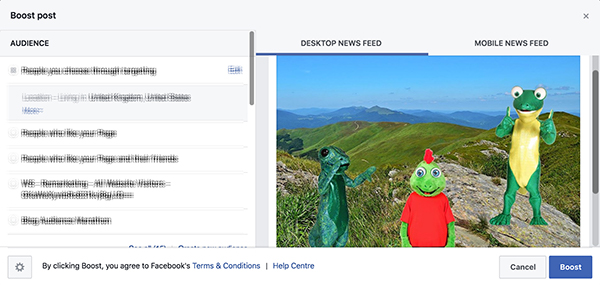 To get your page started, there are two ways to gain a following. One is through invitations, and the other method is through sponsored advertising.
To get your page started, there are two ways to gain a following. One is through invitations, and the other method is through sponsored advertising.
Facebook offers several paid avenues to promote your character’s page, ranging from boosting posts to advertising in your local area. Both are relevant but depending on your end goals, these promotions can work out quite costly. The trick is to fine tune your advert audience interests to only include relevant topics and hobbies to ensure you maximise the spend.
Inviting people to like your page, on the other hand, is free but you can only invite people you either already know personally or have the email address for, which you can upload to Facebook so that it can send out the invites. Some people are happy to receive invites to their inbox, others can be a little wary as they can feel a little impersonal.
Wrapping up
You’ll hopefully find that if you follow our guidelines and post regular and relevant content a few times a week, your fan base should start to grow and your mascot will become more recognisable across the globe and not just locally. The information above should get you started but don’t be afraid of trying new things as audience interaction is always evolving, especially in the fast-paced field of social media.
If I can leave you with one thing from this article to ensure a successful character page, it should be this short and simple message:
Don’t Market, Connect.
If you feel you need any help or advice on how to set up your costumed character’s page or just want a chat about creating your brand ambassador then send us a message via this form.

 the maximum recommended time to wear a typical mascot costume without a break is approximately 30-45 minutes or shorter for more energetic performances. This helps prevent dehydration, overheating and general discomfort to the performer. Additional considerations to the character design should be made when running a long distance to ensure the safety of the competitor inside the costume. A costume suitable for running should adhere to the following points:
the maximum recommended time to wear a typical mascot costume without a break is approximately 30-45 minutes or shorter for more energetic performances. This helps prevent dehydration, overheating and general discomfort to the performer. Additional considerations to the character design should be made when running a long distance to ensure the safety of the competitor inside the costume. A costume suitable for running should adhere to the following points: From a makers’ perspective, there are a few additional considerations that can be made to assist in the comfort and safety of the runner. Amendments to a costume design to include additional vent holes throughout the character head, or open spacing where there would normally be a gauze layer (such as the mouth) all help to increase air circulation around the runner. We’ve even changed designs so that the head of the runner is visible if that is their preference.
From a makers’ perspective, there are a few additional considerations that can be made to assist in the comfort and safety of the runner. Amendments to a costume design to include additional vent holes throughout the character head, or open spacing where there would normally be a gauze layer (such as the mouth) all help to increase air circulation around the runner. We’ve even changed designs so that the head of the runner is visible if that is their preference. erials like fleece or foam to keep the runner cool. Meryl lycra has moisture wicking properties and draws sweat away from the body to the outside of the material where it disperses into the air. This type of fabric is typically found in sportswear so is perfect for active costumes and a great choice for those running a marathon.
erials like fleece or foam to keep the runner cool. Meryl lycra has moisture wicking properties and draws sweat away from the body to the outside of the material where it disperses into the air. This type of fabric is typically found in sportswear so is perfect for active costumes and a great choice for those running a marathon. You should start your training well in advance of the event and build up towards running a longer distance each month. It’s not recommended that you run a full 26 miles in your training. There’s something quite unique about running with like-minded people in an exciting atmosphere that can’t be replicated in training and you’ll find the miles fly by at the event. Running 26.2 miles is difficult for your body to recover from and can have a negative effect on your training efforts so keep this for race day. Ensure that you run shorter distances regularly and you’ll see much more benefit.
You should start your training well in advance of the event and build up towards running a longer distance each month. It’s not recommended that you run a full 26 miles in your training. There’s something quite unique about running with like-minded people in an exciting atmosphere that can’t be replicated in training and you’ll find the miles fly by at the event. Running 26.2 miles is difficult for your body to recover from and can have a negative effect on your training efforts so keep this for race day. Ensure that you run shorter distances regularly and you’ll see much more benefit. Now you have an idea of how it feels to run as your character, you can start to adjust your training routine accordingly. Running with a backpack and gradually working up to the equivalent weight of your costume is a great way to prepare your body for the additional layers, allowing you to feel the difference that a few extra kilograms can add without the need to wear the costume and risk damaging it. This gives your body chance to adjust to the added strain and will make race day a much more pleasant experience. Remember not to push too hard and that completing a marathon in training is counterproductive to the end goal.
Now you have an idea of how it feels to run as your character, you can start to adjust your training routine accordingly. Running with a backpack and gradually working up to the equivalent weight of your costume is a great way to prepare your body for the additional layers, allowing you to feel the difference that a few extra kilograms can add without the need to wear the costume and risk damaging it. This gives your body chance to adjust to the added strain and will make race day a much more pleasant experience. Remember not to push too hard and that completing a marathon in training is counterproductive to the end goal. Firstly, start nearer to the back of the pack than you would do out of costume. At the back is where the slower competitors start but it’s also where a lot of the atmosphere is created. Serious runners will block out the crowds and strive to finish in as fast a time as possible. Your aim shouldn’t be that when dressed up. It should be about creating awareness for your chosen charity or brand, participating with the crowds and other competitors to give them a ‘show’ on the way round. Pace yourself correctly and you will achieve a respectable time but if your aim is to beat your PB then perhaps running in a costume isn’t for you.
Firstly, start nearer to the back of the pack than you would do out of costume. At the back is where the slower competitors start but it’s also where a lot of the atmosphere is created. Serious runners will block out the crowds and strive to finish in as fast a time as possible. Your aim shouldn’t be that when dressed up. It should be about creating awareness for your chosen charity or brand, participating with the crowds and other competitors to give them a ‘show’ on the way round. Pace yourself correctly and you will achieve a respectable time but if your aim is to beat your PB then perhaps running in a costume isn’t for you. Play it safe. If you start to feel unwell, or in pain then stop or take a break. There’s nothing more important than your health and if this is being challenged then there is no shame in pulling out. After all, if Paula Radcliffe can stop 22 miles into an Olympic event with an injury, then don’t feel bad about pulling up short of your target if you need to.
Play it safe. If you start to feel unwell, or in pain then stop or take a break. There’s nothing more important than your health and if this is being challenged then there is no shame in pulling out. After all, if Paula Radcliffe can stop 22 miles into an Olympic event with an injury, then don’t feel bad about pulling up short of your target if you need to. Now is the time to bask in the glory of your success. You’ve made it to the finish line and hopefully you’ve had a great time getting there. There’s no doubt that you’ll be feeling the strain of the course but the goal you have achieved is something to be very proud of. Take time to rest, take on fluids if you need them and make sure that you warm down thoroughly.
Now is the time to bask in the glory of your success. You’ve made it to the finish line and hopefully you’ve had a great time getting there. There’s no doubt that you’ll be feeling the strain of the course but the goal you have achieved is something to be very proud of. Take time to rest, take on fluids if you need them and make sure that you warm down thoroughly. Children in Need was first televised in 1980. Prior to this, the BBC had several radio and televised charity events under various names with a similar aim: to change the lives of disabled children and young people across the UK. It wasn’t until 1985 that Pudsey Bear made his first televised appearance for the charity. Designed by BBC graphic artist Joanna Ball, Pudsey got his name from the town in which Joanna was born and her father was mayor. The first design was a triangular logo with a sad-looking yellow bear sporting a red bandana with black triangles dotted across it, who was loosely designed to look like Sooty (who had hosted previous telethon and charity events).
Children in Need was first televised in 1980. Prior to this, the BBC had several radio and televised charity events under various names with a similar aim: to change the lives of disabled children and young people across the UK. It wasn’t until 1985 that Pudsey Bear made his first televised appearance for the charity. Designed by BBC graphic artist Joanna Ball, Pudsey got his name from the town in which Joanna was born and her father was mayor. The first design was a triangular logo with a sad-looking yellow bear sporting a red bandana with black triangles dotted across it, who was loosely designed to look like Sooty (who had hosted previous telethon and charity events). The teddy bear, the lower case letters and phonetics in his name were all thoughtfully considered to ensure that the logo and sentiments behind it were conscientiously child- and adult-friendly. This simple design was updated a year later to the more popular smiling Pudsey with familiar white spotty bandana, sat upon children’s building blocks spelling the charity name, which would be used up until 2006. Initially, Pudsey was created as a teddy bear and it wasn’t until a few years later that the costume walk-about characters came on to the scene, allowing Pudsey’s reach to go further than ever before and for the cuddly character to get physically involved in the charities work.
The teddy bear, the lower case letters and phonetics in his name were all thoughtfully considered to ensure that the logo and sentiments behind it were conscientiously child- and adult-friendly. This simple design was updated a year later to the more popular smiling Pudsey with familiar white spotty bandana, sat upon children’s building blocks spelling the charity name, which would be used up until 2006. Initially, Pudsey was created as a teddy bear and it wasn’t until a few years later that the costume walk-about characters came on to the scene, allowing Pudsey’s reach to go further than ever before and for the cuddly character to get physically involved in the charities work.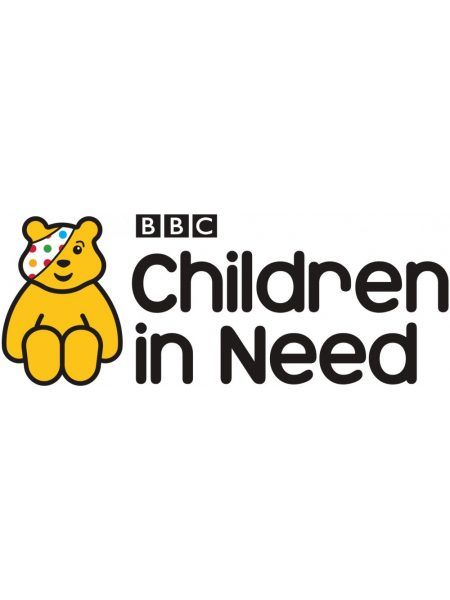

 Firstly, a mascot can be the anthropomorphic representation of a business or cause. As humans, we have a tendency to try and understand the world through animalistic association, often humanising, or giving a ‘personality’ to objects and things so that we can make sense of them and interact with them appropriately. It’s much easier to interact with a character than it is to make conversation with a brick wall as a very obvious example, so charities and businesses anthropomorphise their values and beliefs to make people more susceptible to interaction, and in turn, this makes the general public more likely to sympathise with the cause and dig that little bit deeper into their pockets.
Firstly, a mascot can be the anthropomorphic representation of a business or cause. As humans, we have a tendency to try and understand the world through animalistic association, often humanising, or giving a ‘personality’ to objects and things so that we can make sense of them and interact with them appropriately. It’s much easier to interact with a character than it is to make conversation with a brick wall as a very obvious example, so charities and businesses anthropomorphise their values and beliefs to make people more susceptible to interaction, and in turn, this makes the general public more likely to sympathise with the cause and dig that little bit deeper into their pockets. his update and transition to the internet in 2007, increasing the reach of his charitable donations bucket to a worldwide audience. Now, you don’t even need to see the charity name to associate Pudsey with the Children in Need brand, he is that brand.
his update and transition to the internet in 2007, increasing the reach of his charitable donations bucket to a worldwide audience. Now, you don’t even need to see the charity name to associate Pudsey with the Children in Need brand, he is that brand. their cause with the aim of maximising on donations.
their cause with the aim of maximising on donations. 1. Pounding the pavement
1. Pounding the pavement 2. Create a social media presence
2. Create a social media presence 3. The spirit of Competition
3. The spirit of Competition
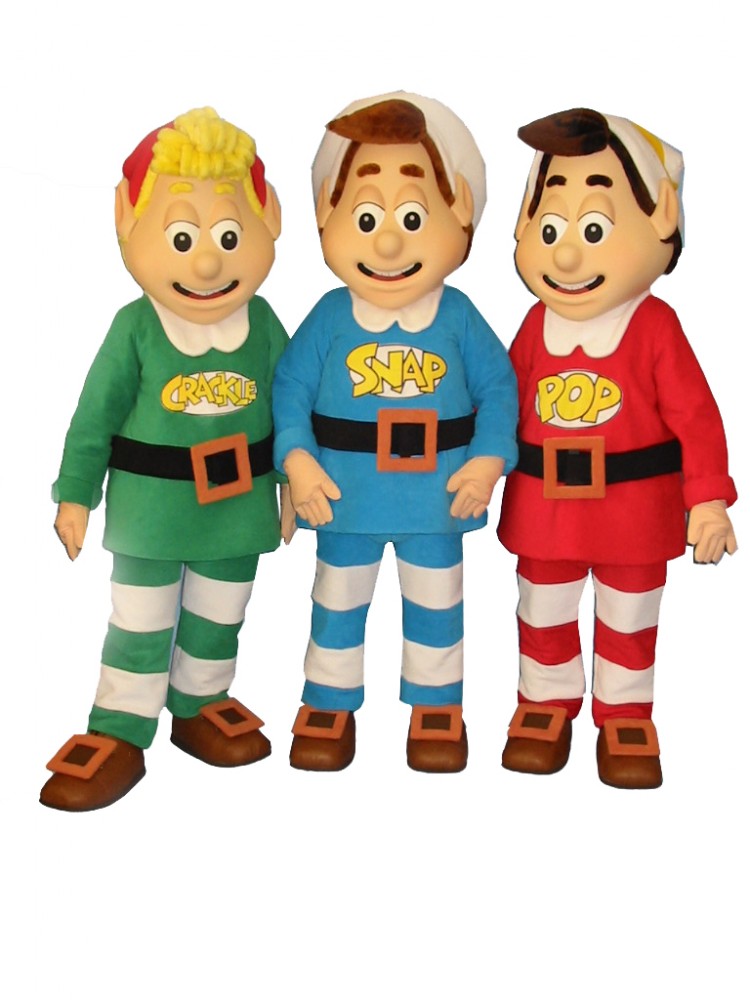 One of the examples briefly mentioned in the article is Snap Crackle and Pop from the popular cereal brand Kelloggs. The names of these characters represent the appealing sound made by Rice Krispies whilst the appearance of the cheeky little elves, with their bold, contrasting colours appeals more to children, giving the cereal a persona and physical appearance they can relate to. A real testament to great character design, Snap, Crackle and Pop have been with us since the early 1930’s, obviously with slight adjustments to keep them fresh and current throughout the decades.
One of the examples briefly mentioned in the article is Snap Crackle and Pop from the popular cereal brand Kelloggs. The names of these characters represent the appealing sound made by Rice Krispies whilst the appearance of the cheeky little elves, with their bold, contrasting colours appeals more to children, giving the cereal a persona and physical appearance they can relate to. A real testament to great character design, Snap, Crackle and Pop have been with us since the early 1930’s, obviously with slight adjustments to keep them fresh and current throughout the decades.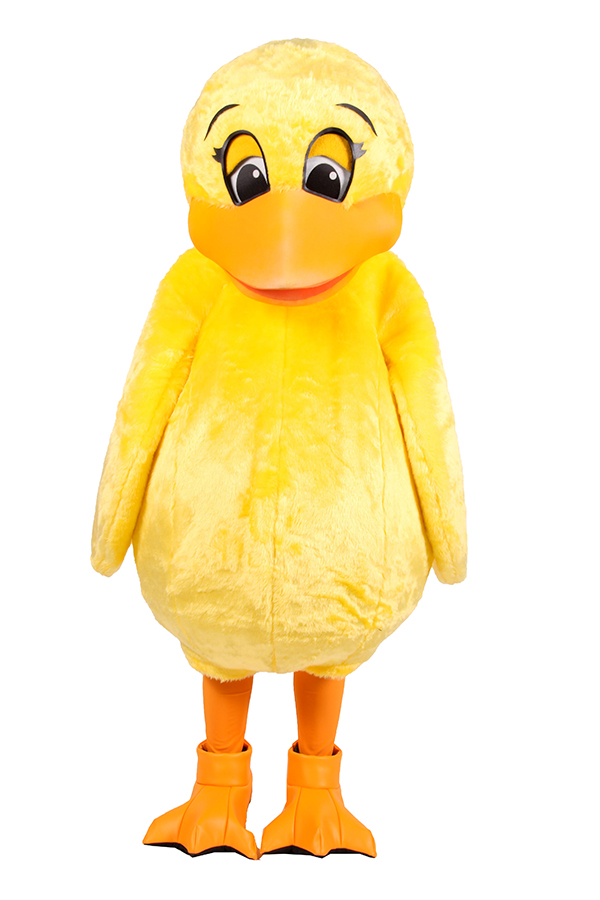 One way to give your mascot a personality, is through the art of expression, and I don’t mean freeform dance (although a dance routine for your costumed character isn’t a bad idea), what I actually mean is the expression on your furry friend’s face. Designers for high profile mascot campaigns spend countless hours, if not days experimenting with various eye and mouth positions to make sure that they are getting the right message across and ensuring their Mascot fits the characteristics of the company. For example, a Halloween based character may have more of a scowl than a smile but it’s all about context.
One way to give your mascot a personality, is through the art of expression, and I don’t mean freeform dance (although a dance routine for your costumed character isn’t a bad idea), what I actually mean is the expression on your furry friend’s face. Designers for high profile mascot campaigns spend countless hours, if not days experimenting with various eye and mouth positions to make sure that they are getting the right message across and ensuring their Mascot fits the characteristics of the company. For example, a Halloween based character may have more of a scowl than a smile but it’s all about context.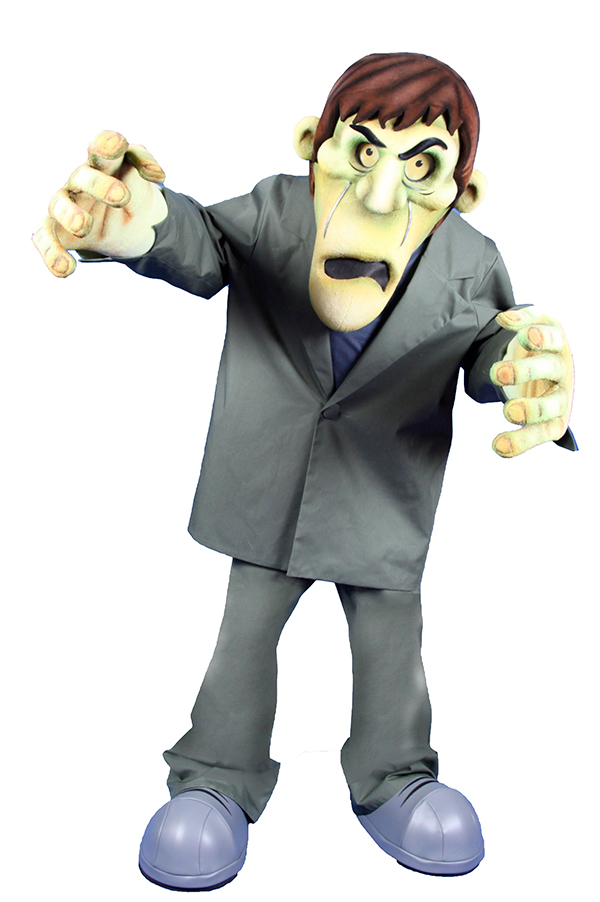 Of course, not all mascots have facial features as some can be inanimate objects, or the traditional teddy bear type. In this instance, think more about how your character moves, what they should and shouldn’t do, what they are wearing and how your character interacts with its audience. For example, a football club mascot may be mischievous and active on the pitch, whereas a mascot for a respected high end shop would want to portray itself with a little more decorum…for the most part… The main thing is to make your mascot interesting. It doesn’t necessarily need to be liked (as it could be portraying a villainous character) as long as it does what you set out for it to do.
Of course, not all mascots have facial features as some can be inanimate objects, or the traditional teddy bear type. In this instance, think more about how your character moves, what they should and shouldn’t do, what they are wearing and how your character interacts with its audience. For example, a football club mascot may be mischievous and active on the pitch, whereas a mascot for a respected high end shop would want to portray itself with a little more decorum…for the most part… The main thing is to make your mascot interesting. It doesn’t necessarily need to be liked (as it could be portraying a villainous character) as long as it does what you set out for it to do.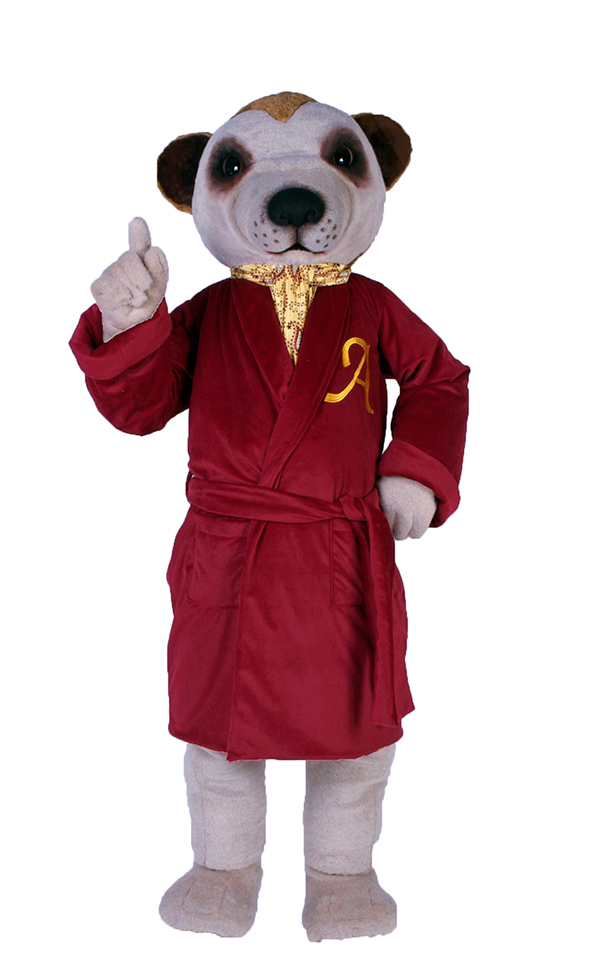 Customising your characters appearance to include physical accessories or clothing emblazoned with a company logo for example is a great way to get your message shown to the masses. Not only to the immediate audience, but to people right across the world via the medium of the internet. Over 1 Trillion (1,000,000,000,000 to put it in numbers) photos and videos are taken annually and the vast majority of these find their way on to the internet. Mascots make great talking points and photos of your character are almost certain to end up on the World Wide Web.
Customising your characters appearance to include physical accessories or clothing emblazoned with a company logo for example is a great way to get your message shown to the masses. Not only to the immediate audience, but to people right across the world via the medium of the internet. Over 1 Trillion (1,000,000,000,000 to put it in numbers) photos and videos are taken annually and the vast majority of these find their way on to the internet. Mascots make great talking points and photos of your character are almost certain to end up on the World Wide Web.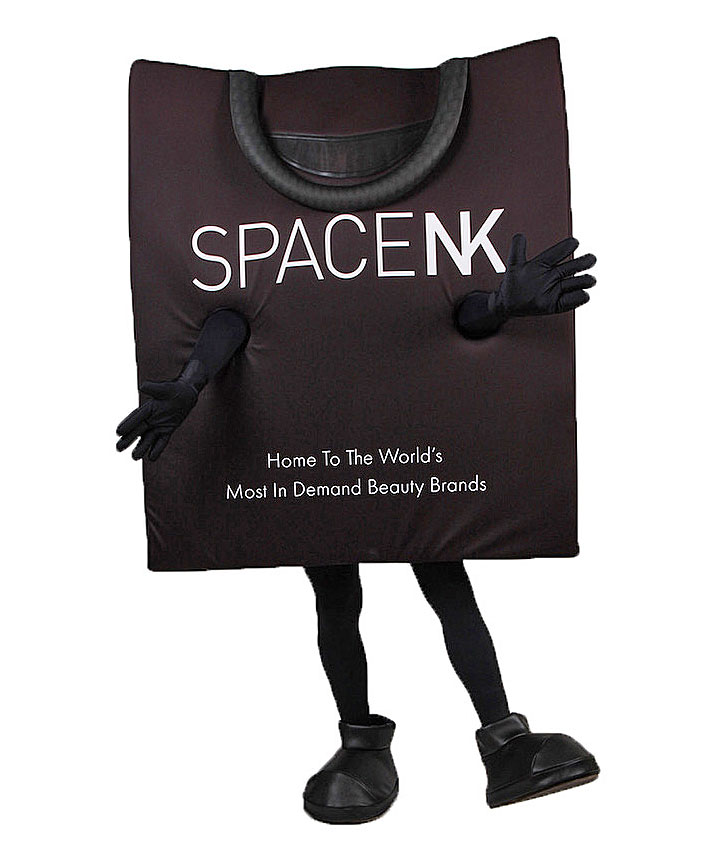
 “I wanted to take this opportunity to thank you for your ongoing service.
“I wanted to take this opportunity to thank you for your ongoing service. See video
See video
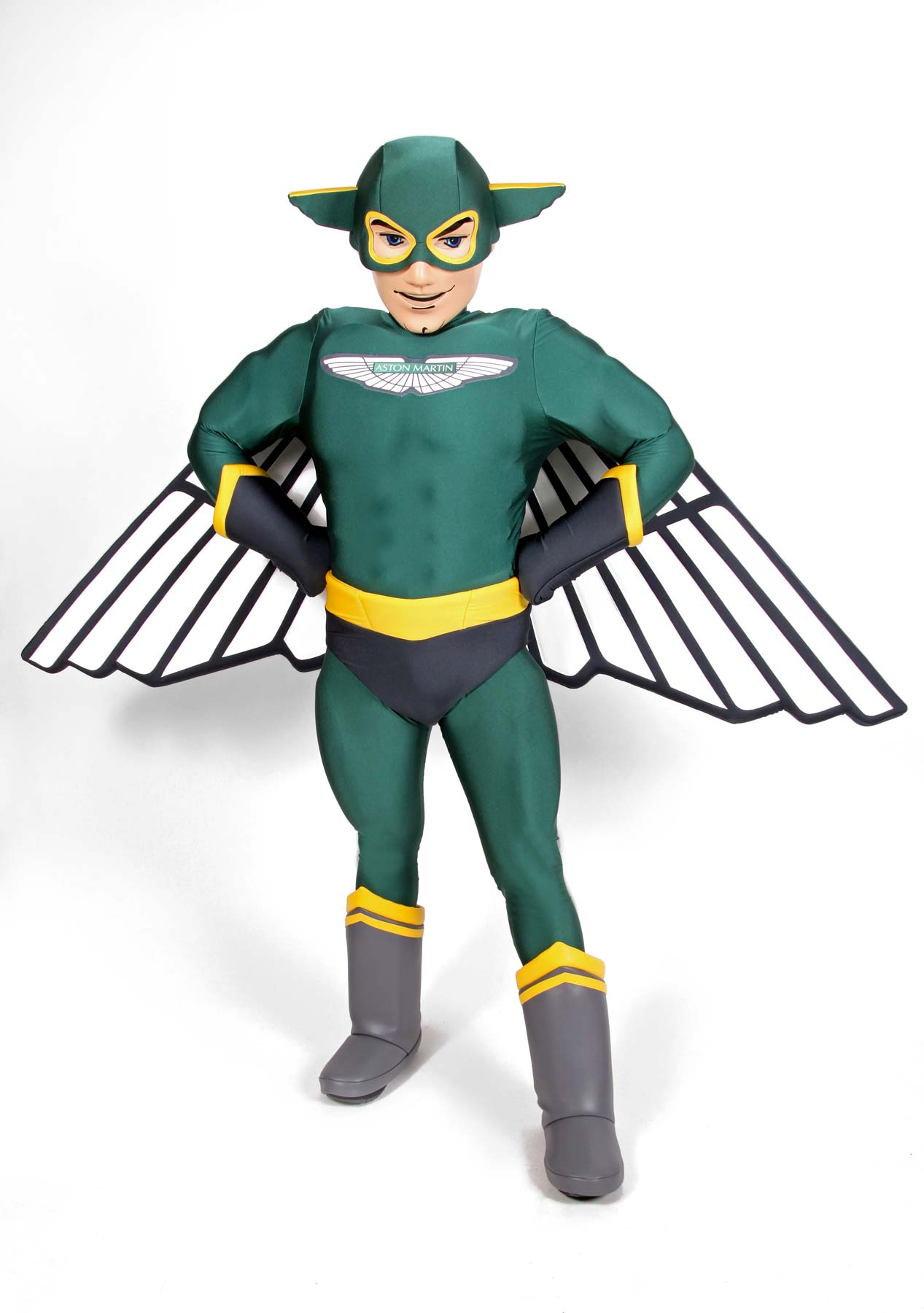
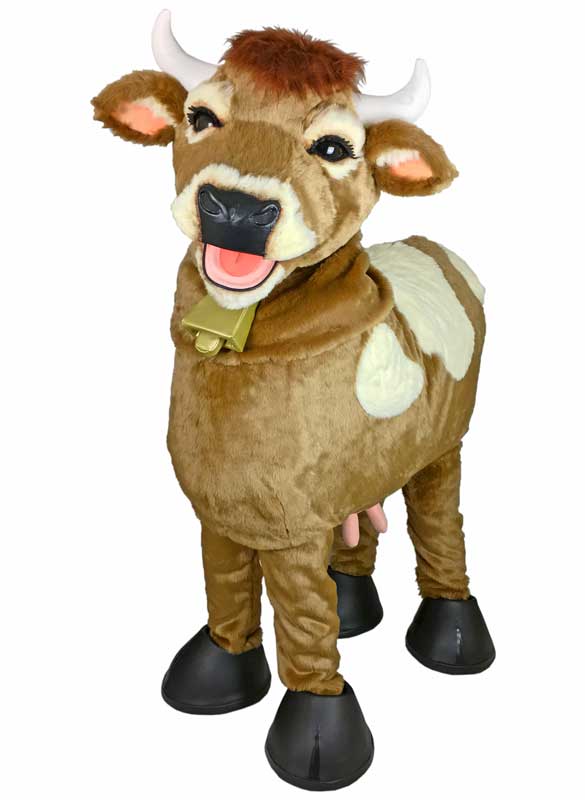 Each character we have ordered has been of incredible quality and detail and have been well received by everyone who sees them. All of the staff are incredibly helpful and a delight to work with and no doubt we will be using them as often as we can again in the future.”
Each character we have ordered has been of incredible quality and detail and have been well received by everyone who sees them. All of the staff are incredibly helpful and a delight to work with and no doubt we will be using them as often as we can again in the future.”
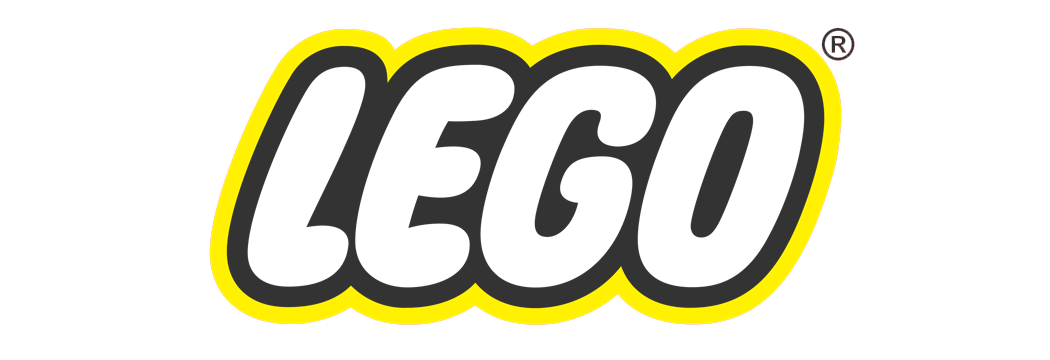 View costume
View costume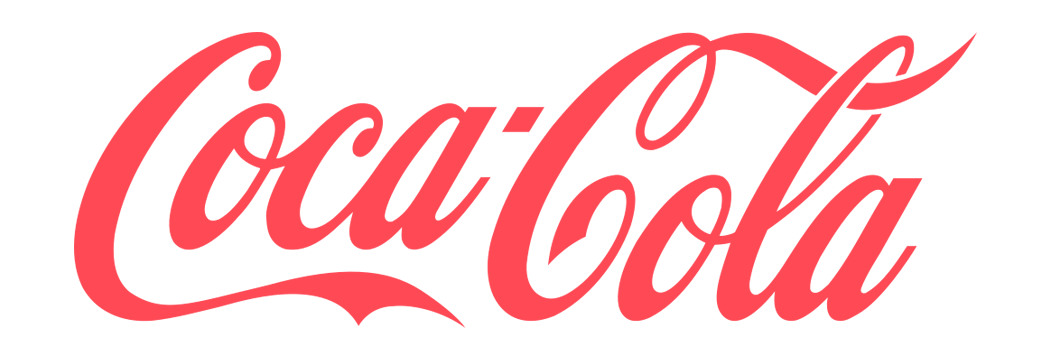 View costume
View costume View costume
View costume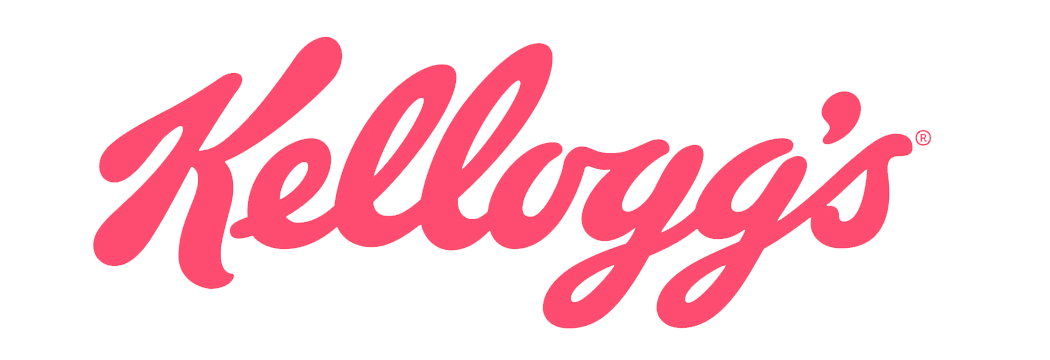 View costume
View costume View costume
View costume View costume
View costume View costume
View costume View costume
View costume